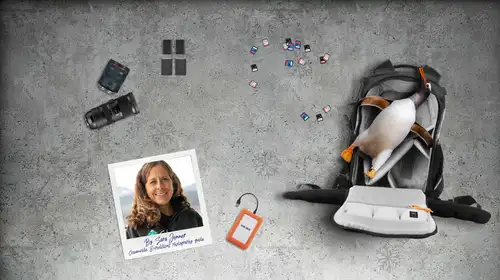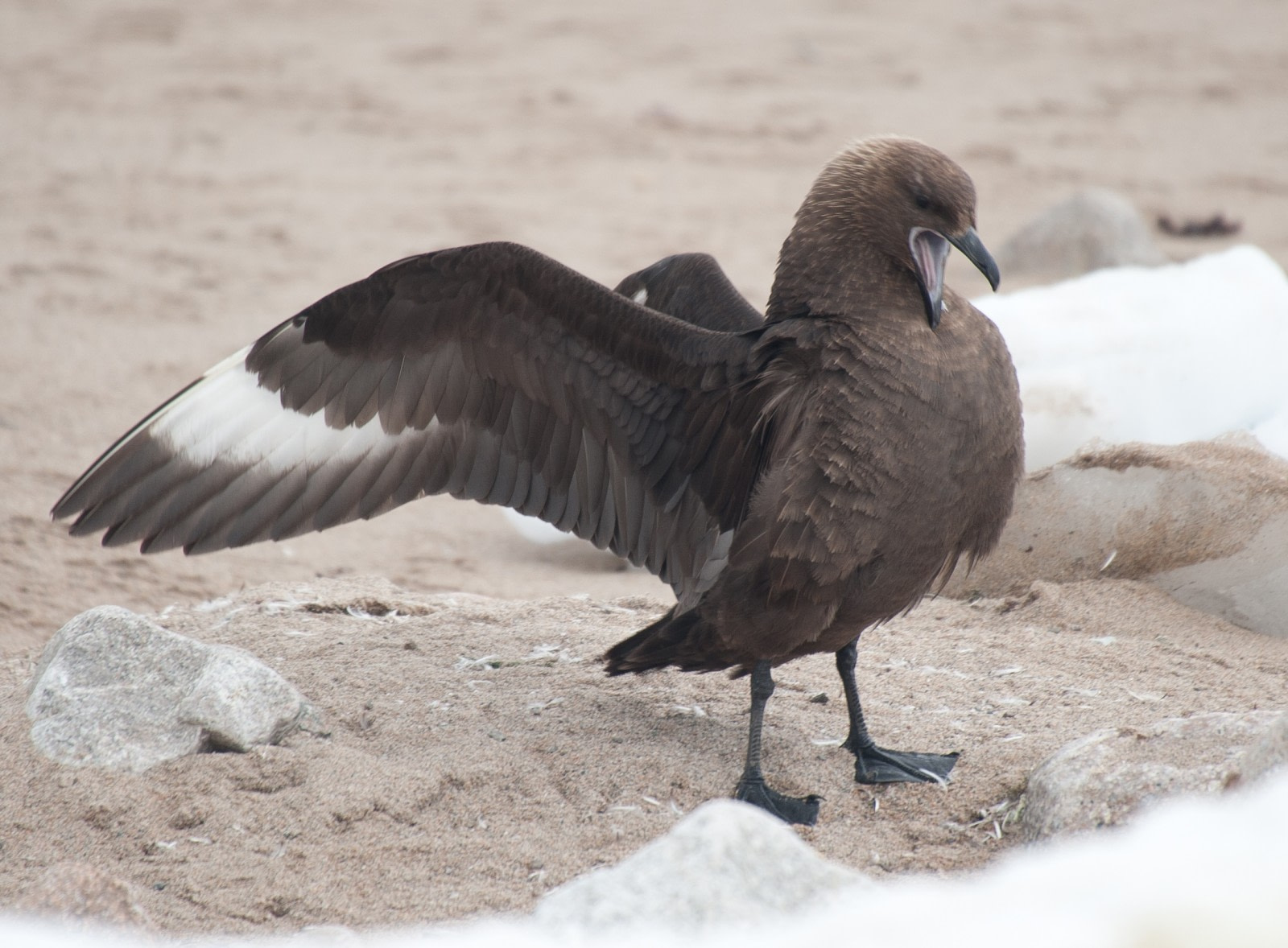At first glance, the skuas you encounter in Antarctica may appear to be merely darker-feathered seagulls. But looks can be deceiving.
In fact, skuas are one of Antarctica's top avian predators. There are two skua species in Antarctica, the brown skua and south polar skua. Both patrol King George Island in the South Shetlands as well as the nearby Antarctic Peninsula in search of prey.
And hapless biologists.
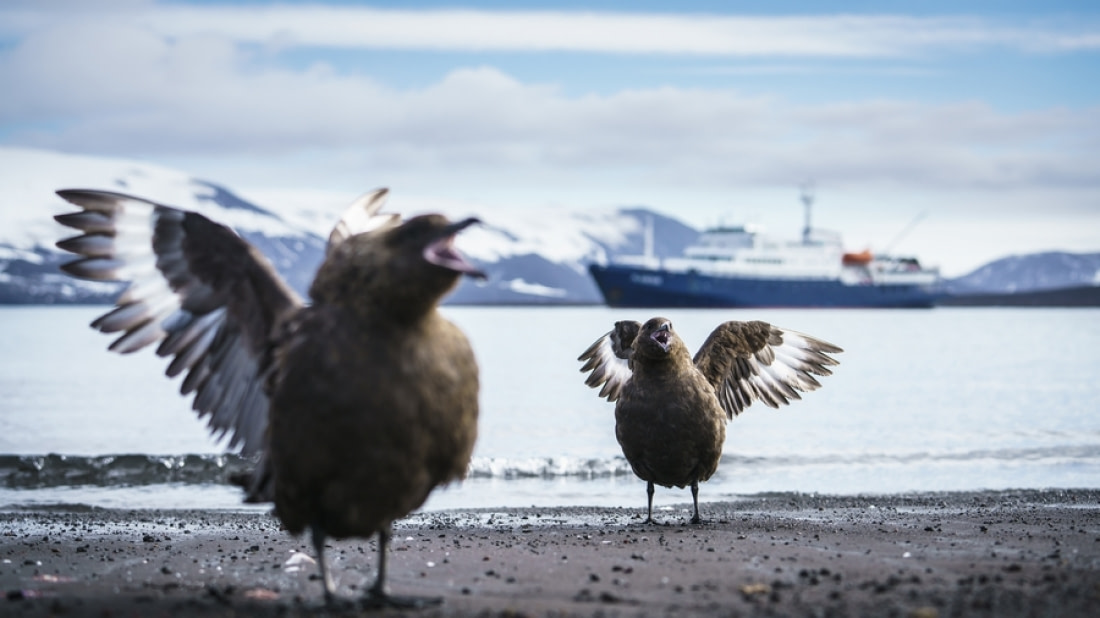
Antarctica's two skuas: brown & south polar
Brown skuas are the larger of the two species and have brown bodies, sharp falcon-like bills, and tiny claws at the end of their webbed feet.
South polar skuas, the smaller of the two, have distinctive tan highlights to their feathers and tend to be more reserved than brown skuas.
Antarctica's South Shetland Islands are prime gold real estate for both skua species during the breeding season. The island chain's plentiful penguin populations, proximity to the ocean, and rocky nesting grounds make for an excellent breeding spot.
From October to March, scientists monitor skuas on a weekly basis, tracking egg laying, reading leg bands, and monitoring chicks.
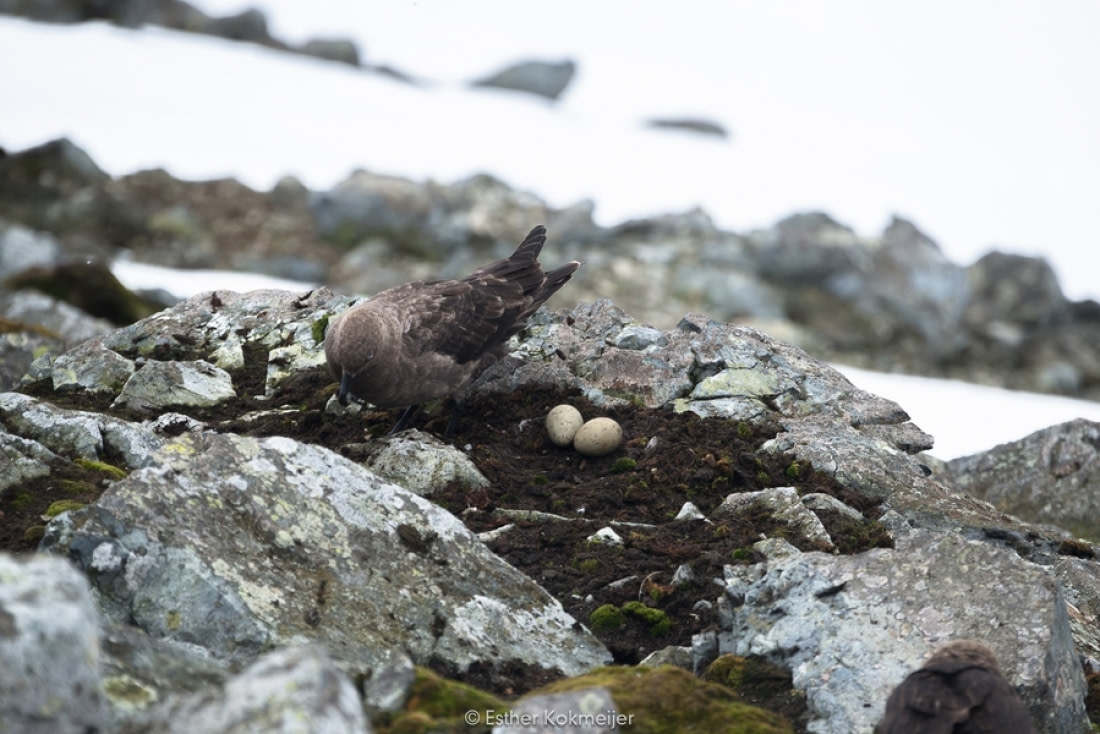
Establishing Antarctic skua territories
Brown skuas and south polar skuas share common breeding rituals.
Each skua pair has its own unique Antarctic breeding territory that they occupy during the breeding season. Once a breeding pair has established its territory, the pair scrapes a small depression in the ground in which to lay eggs.
Afterward, the skuas take turns incubating the eggs. One skua is in charge of sitting on the nest, the other looks for fish or cruises penguin colonies in search of prey.
The prime concern to skua eggs is that a rogue skua may threaten them, which can result in territory shifts during the breeding season.
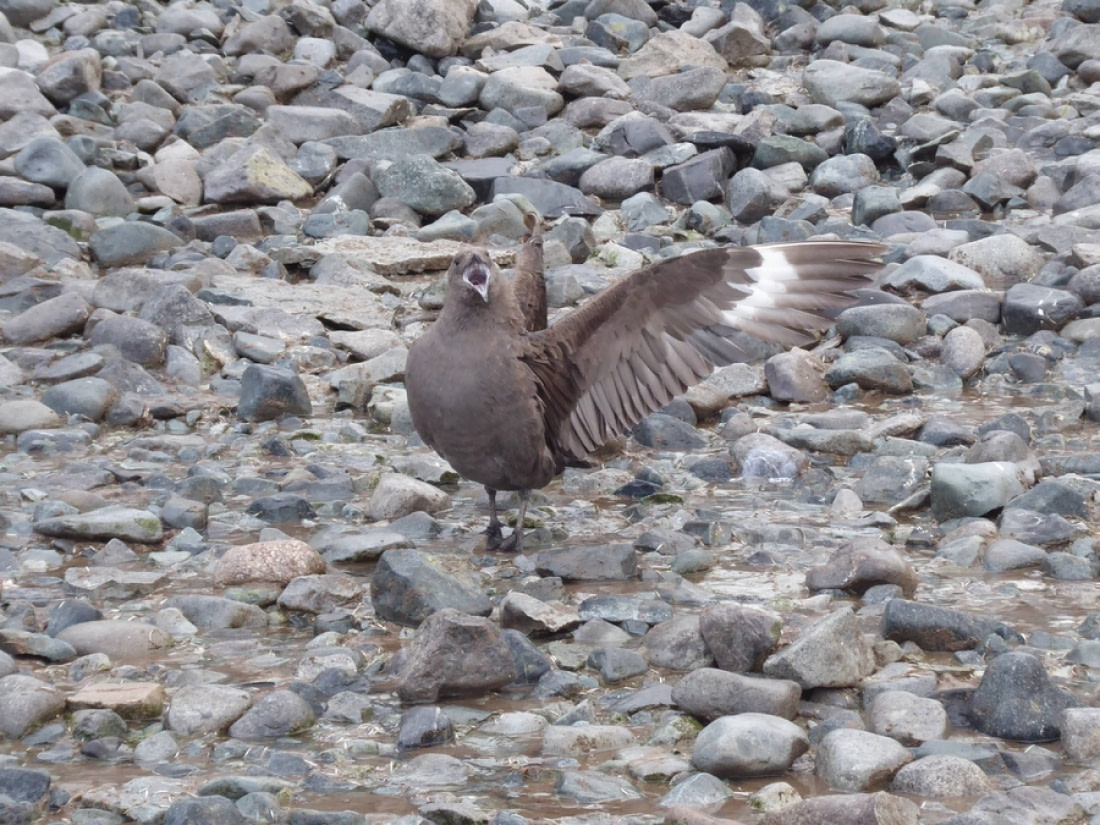
Researching skua whereabouts in Antarctica
Satellite-transmitting tags have been attached to skuas to monitor how far they travel for food and how long these trips last.
This information helps scientists understand the ecology of skuas and conserve their populations in Antarctica.
The GLS tags (global location sensing) can detect when a skuas have landed in water, when they are in flight, and when they’re on land. The information that is stored on the tags can be rendered into a detailed map to show their exact movements.
But first the tags must be placed on the skuas, which means the scientists have to trap them.
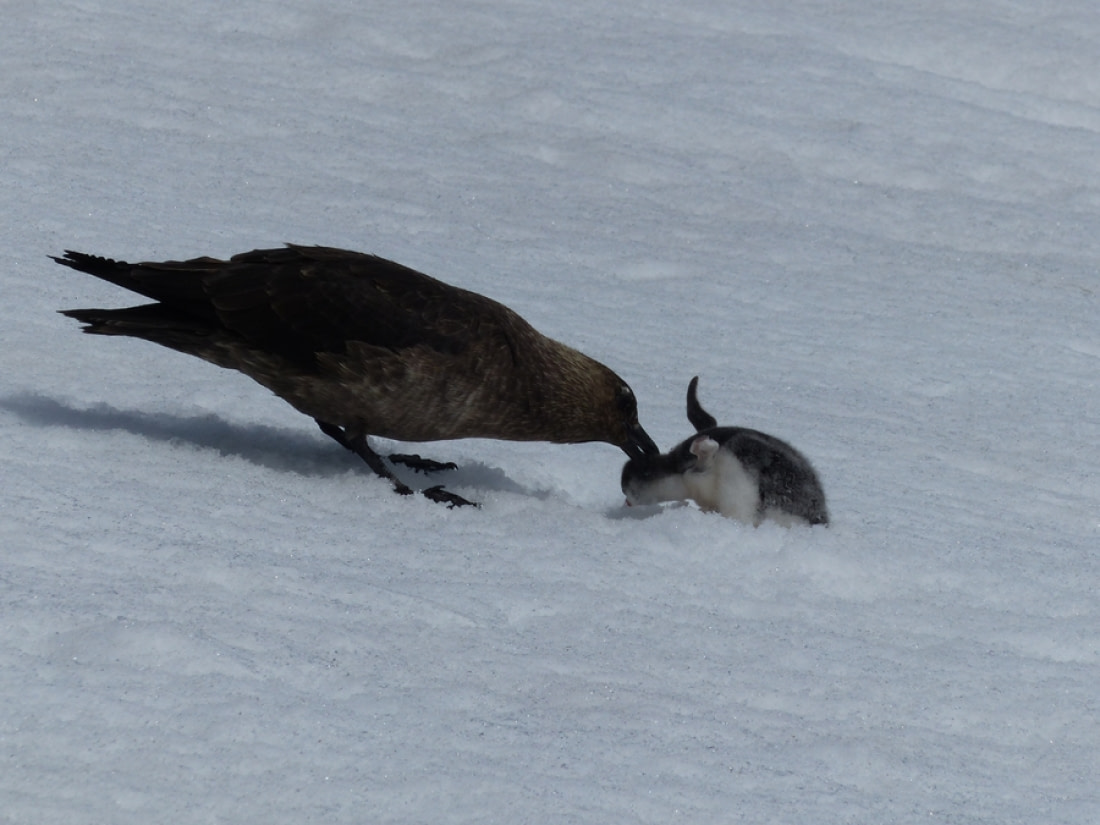
The sharp intelligence of these Antarctic birds does not make this easy. A monofilament noose is the best tool, coupled with a net for backup.
The monofilament noose is placed on the ground within skua territory and is surrounded by raw meat to attract the birds.
When a skua's legs looks like it is inside the noose, the line is vigorously pulled and the skua is trapped. The GLS tag is placed on the skua's leg, then the bird is released. Two weeks later, it’s time to download all of the information that has been accumulating.
This means the scientists now have to recapture the skua. Lucky them.
Sometimes the skuas get the better of the scientists, flying off with the transmitter. Luckily the transmitter is harmless to the bird and eventually falls off.
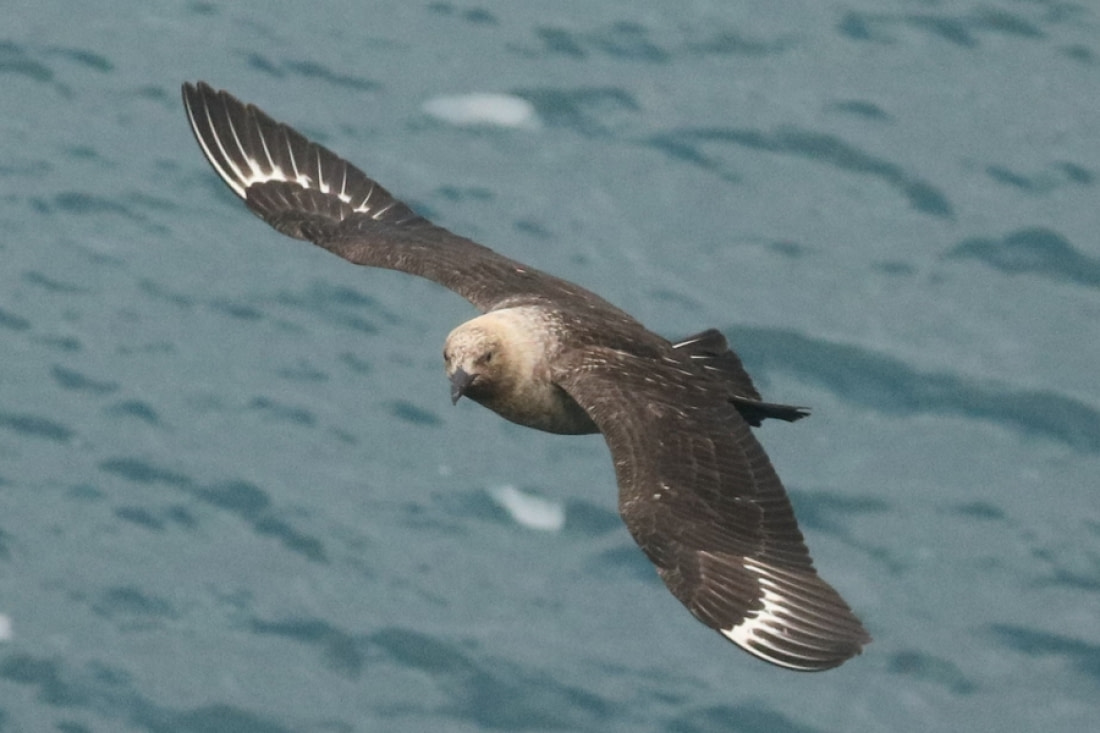
A skua never forgets
As mentioned, skuas are highly intelligent and known to launch defensive measures against researchers they don't like.
Researchers who repeatedly wear the same clothing, backpack, or even sunglasses can be identified and attacked on their way to nesting sites.
These skua attacks are far from pleasant.
The skua parent first makes "alarm calls," loud vocalizations that alert the other parent to an intruder. Together they then gang up on the intruder, pecking at the head and face, grabbing clothing, and dive-bombing.
The dive-bombing can be the most painful, as skuas aim for the head while simultaneously screaming at the top of their lungs.
In Antarctica, vengeance knows no mercy.

When the skua chicks arrive
While skua eggs are still incubating, scientists record their length, width, and weight. Egg size and weight can be an indication of parental health.
Scientists keep track of how long the skua egg is incubated, and based on when it was laid they can predict the hatch date within two to three days.
When chicks arrive, scientists place a metal band with a unique numerical code on their legs that they wear the rest of their lives. With any luck, skua chicks that are banded will return to their hatching grounds the following year and rear chicks of their own.
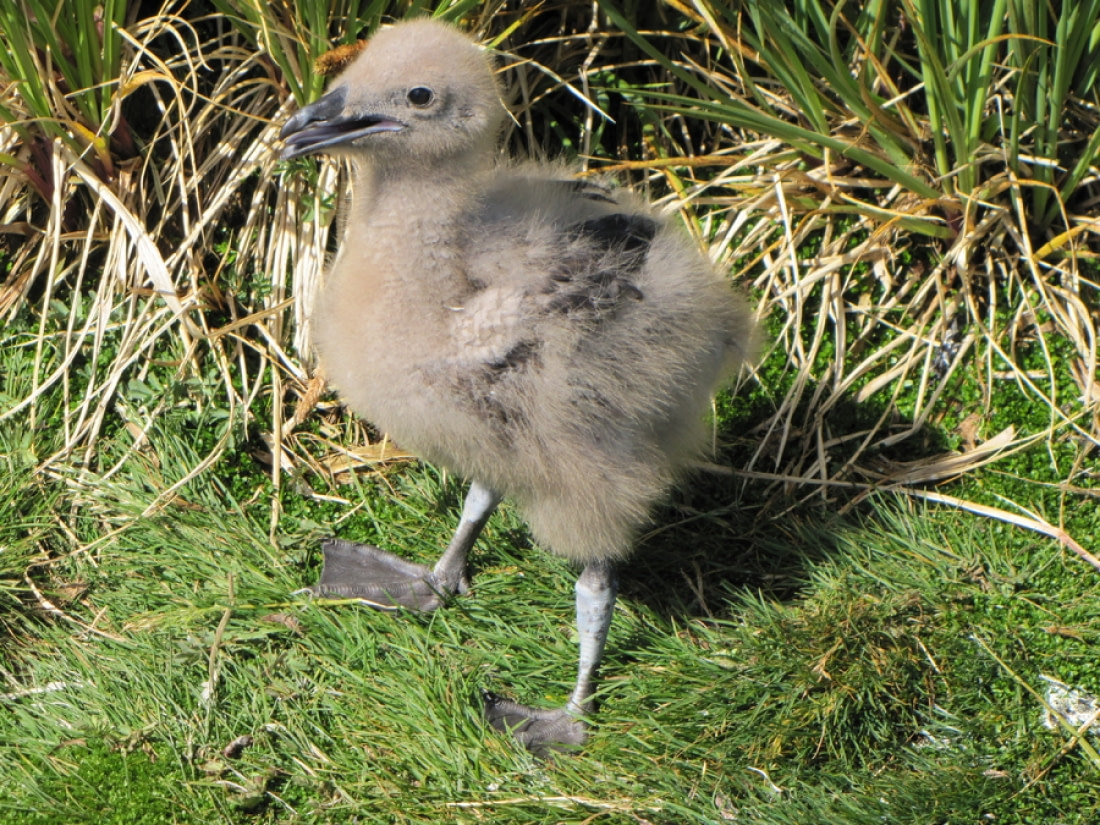
Antarctica's seasonal skua problems
The Antarctic ecosystem is a finely tuned apparatus.
What keeps the apparatus going on the South Shetlands and Antarctic Peninsula is krill and sea ice. As the western Antarctic Peninsula is experiencing an increase in the melting of sea ice, krill are left with nowhere to aggregate and breed.
Adélie, gentoo and chinstrap penguins rely on krill, timing their breeding schedules with the emergence of krill.
If penguins start laying their eggs at a different time every year to better line up their own breeding with krill breeding, this may mean bad news for skuas.
The reason for this is, skuas rely heavily on penguin eggs and chicks before laying their own eggs. If breeding cycles are out of synch, this can result in a decrease in resources for skuas.
On the South Shetland Islands, the ecological impact has resulted in an increase in how long skuas have to spend looking for food. This means more time spent away from chicks, who fall prey to other hungry skuas in the same predicament.
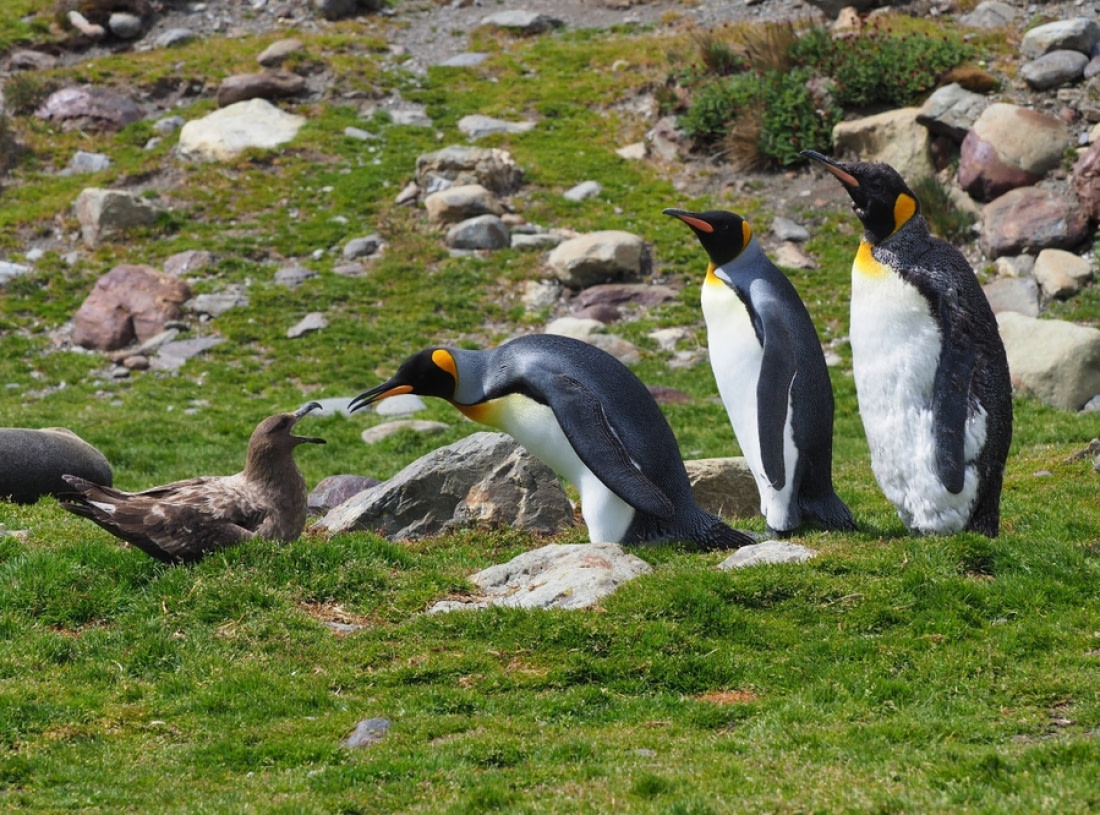
Where you can see skuas in Antarctica
An Antarctica trip is always an adventure, yielding spectacular insights into the mysteries of the Southern Hemisphere.
But if skuas in particular have piqued your interest, an Antarctic Peninsula cruise is a great way to encounter both species. Their distinctive behavior and general boldness set them apart from most other birds in Antarctica.
Just don't go near their nests. For your own protection.
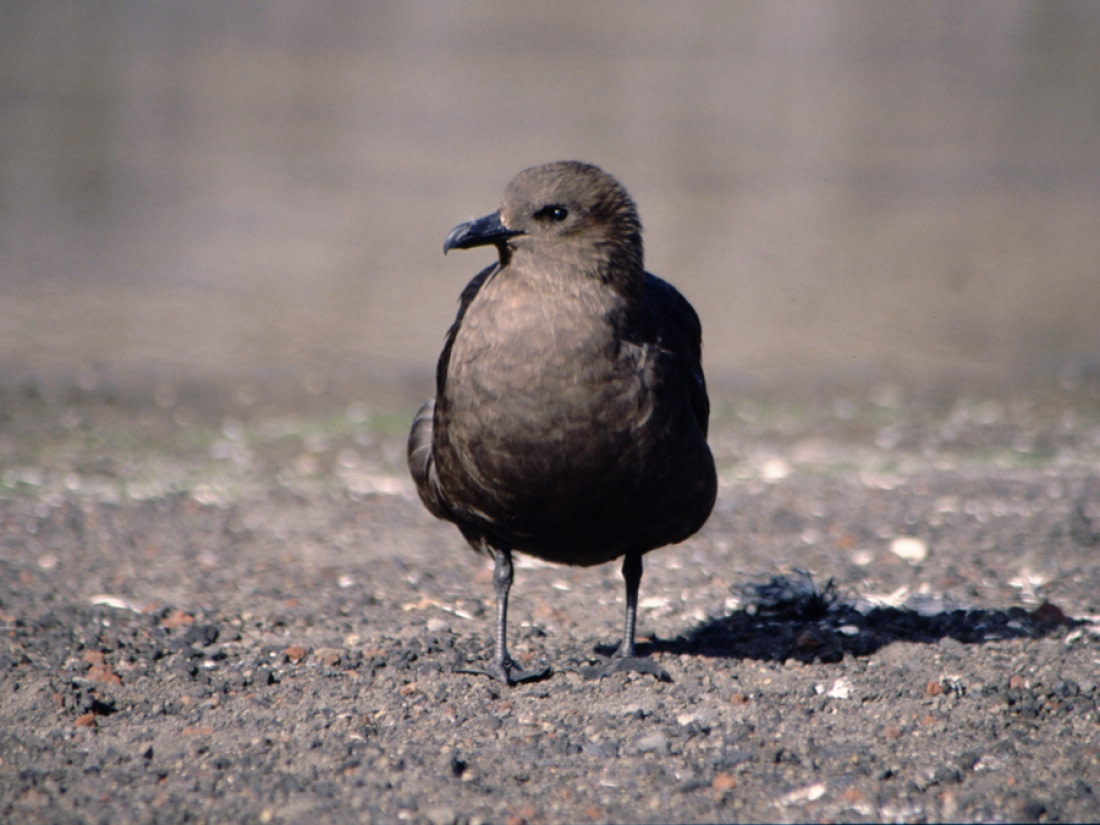
Blog


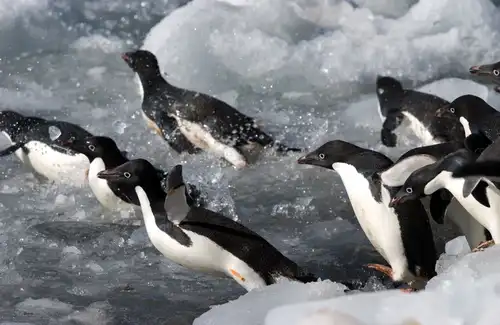
Adélie Penguins: the Little People of the Antarctic
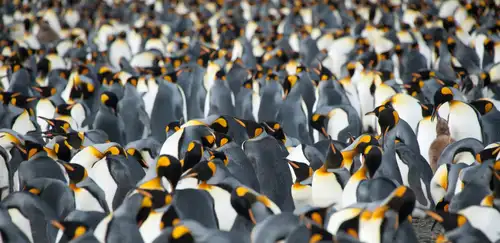
Experience King Penguins, Seals and More in South Georgia
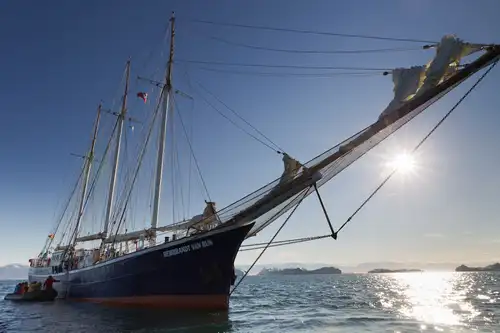
Ancient Arctic Exploration

Cheapest Antarctica Cruises: How to Save on Your Journey
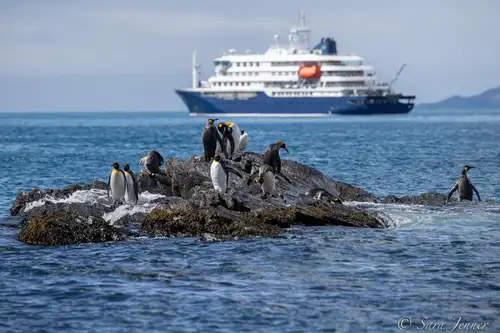
Weddell Sea, Shackleton’s Endurance, and New Swabia
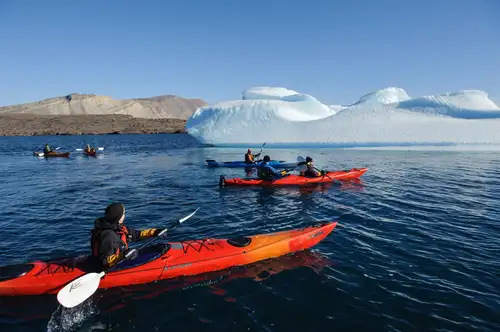
Greenland: Where the Kayak Was Invented

Two for the Snow: Polar Cruises for Couples
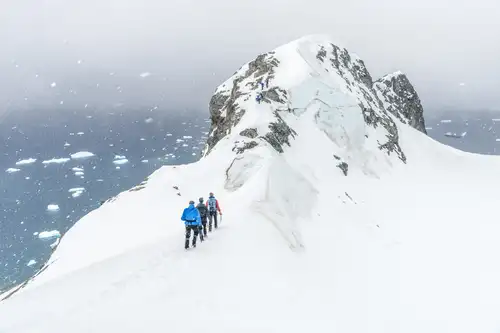
The Ins, Outs, and Ups of Polar Mountaineering & Ski Mountaineering
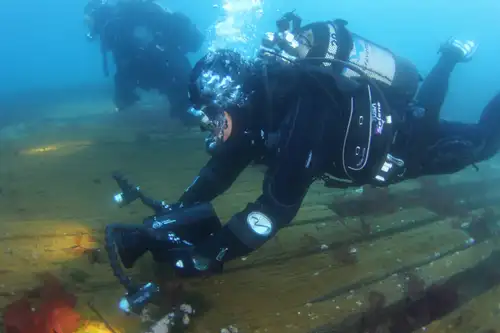
Wreck Diving in Antarctica
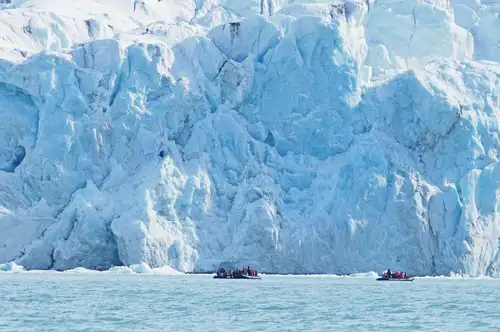
All About Ice: Glaciers and Icebergs of the Arctic and Antarctica
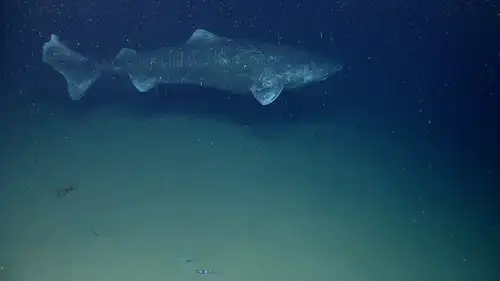
9 Facts about the Greenland Shark
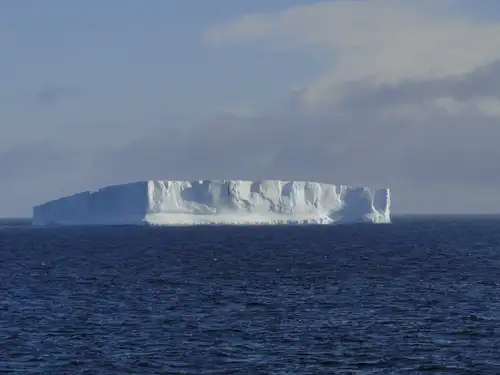
Weddell Sea: the Original Antarctic Adventure
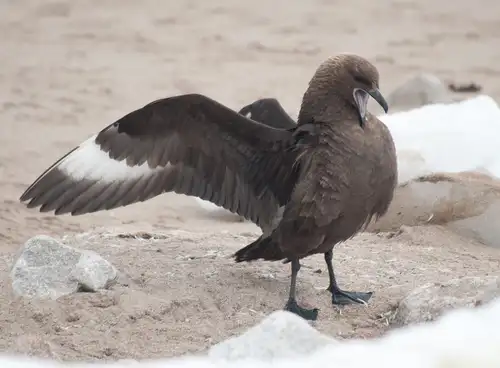
Fierce and Feathered: the Skuas of Antarctica
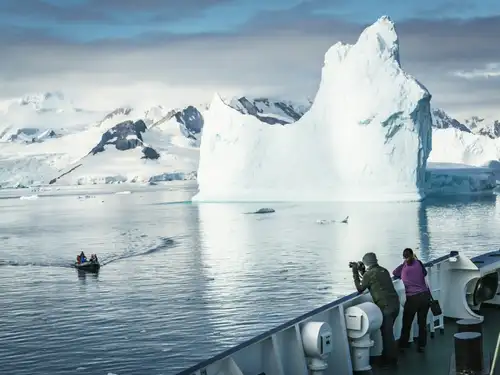
The Classic Polar Cruise: Antarctic Peninsula Facts, Pics, and More
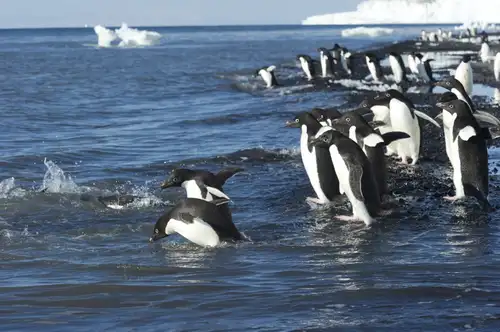
Adélie penguins in the Ross Sea - Antarctica
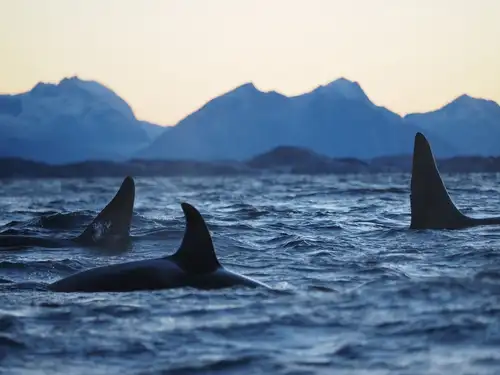
Orcas of the Polar Seas
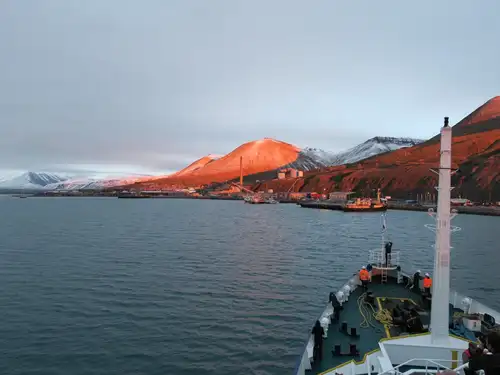
Port Pastimes: 7 Fun Things to Do in Longyearbyen
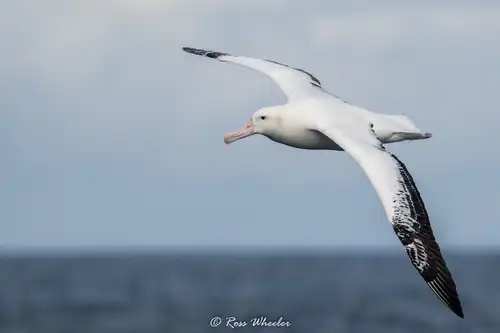
The Eight Albatrosses of Antarctica and the Sub-Antarctic
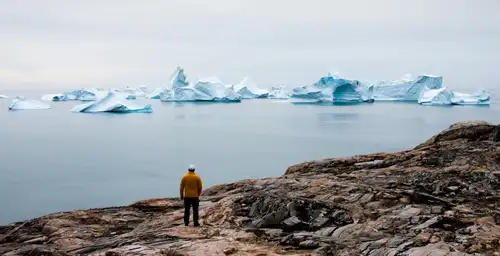
Tracking Greenland’s Wildlife from Space
